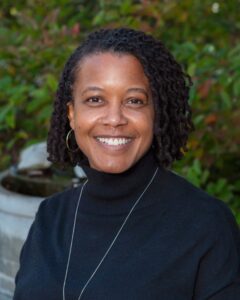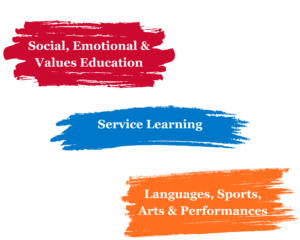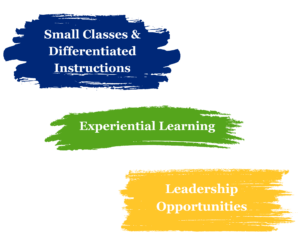Language Arts (daily)
Teachers across the elementary grades employ a balanced literacy approach, which provides a differentiated and rigorous experience for students based on the most current research on best practices in literacy instruction. Robust units of study in reading and writing in combination with programs to support students’ development in spelling, grammar, conventions, and vocabulary are employed.
Students receive whole class mini-lessons as well as differentiated small-group and individual instruction. Instruction is responsive, informed by ongoing formal and informal student assessment. Primary goals are to help students see themselves as readers and writers who embrace literacy with passion, skill, and powerful thinking.
Mathematics (daily)
Using Bridges® in Mathematics, students develop an understanding of multiplication and division within 100; develop an understanding of fractions, especially unit fractions; study the structure of rectangular arrays and of area; and describe and analyze two-dimensional shapes. Students use place value understanding and properties of operations to perform multi-digit arithmetic and add and subtract with an expanded algorithm to three-digit numbers.
Social Studies (integrated with Language Arts)
Students ask the questions: Who am I? Who are you? Who are we? How does that shape and change the stories we tell? While exploring the themes of identity, community, belonging, and change students expand their understanding on the value and accuracy of history through perspective-taking, “reading” historical texts, and developing stories in diverse formats.
Music (2x/week)
Students learn to play recorders and study composition, improvisation, form, and style. They begin following musical scores, learn to identify meter signatures, and are given many opportunities to perform throughout the year. Students continue to practice choral skills during one class each week.
STEM (2x/week)
Students explore Science, Technology, and Innovation throughout the year.
In this class, students will explore various STEM topics and experience the power and importance of STEM, Entrepreneurship, and Innovation while having fun! Students explore and learn through projects in the Dragon Innovation Lab and from expert guest speakers and through attending study trips to many Washington, DC, area institutions and venues.
The curriculum includes selections from:
-
- Next Generation Science Standards, life sciences, chemistry, and physics
- Electronic technologies (such as Sphero SPRK and LEGO WeDo) and non-electronic technologies
- Engineering Design Process and Engineering is Elementary curriculum
- Math
French or Spanish (2x/week):
Through skits, dialogues, stories, and audio-visual aids, students learn vocabulary associated with seasons, sports, and themselves. They learn the verbs “to be” and “to have” as well as pronouns and articles. Emphasis is placed on learning about French and Spanish culture.
Art (2x/week):
The visual arts curriculum is designed to allow students the opportunity to explore a variety of art opportunities. Through the use of art elements and design principles, and other foundational skills, students create art that ranges from self-expression, observation, memory and imagination. Building upon prior knowledge, students further develop their understanding of how art is applicable to their own lives and the world around them.
As students navigate through each unit of art, they are approaching art-making and understanding by creating new work, presenting their work, responding to the work of others and making connections to the world.
Religion (1x/week)
Students continue to become familiar with the biblical narrative in greater detail. They are also introduced to the teachings and traditions of other world religions. Students continue to discuss monthly virtues and relate those virtues to their own lives.
Physical Education (3x/week)
The curriculum emphasizes the benefits of personal fitness, laying the foundation for lifelong wellness. The elements of team play, cooperation, respect for others, safety, and enjoyment are stressed.
Activities include:
- Soccer, Frisbee®, hockey, softball, lacrosse, and other team sports
- Gymnastics and dance
Library (1x/week)
Students read, discuss, and learn to differentiate between different literary genres, including fables, myths, legends, short stories, biographies, poetry, and fiction. Library activities enrich and extend social studies and language arts units.









